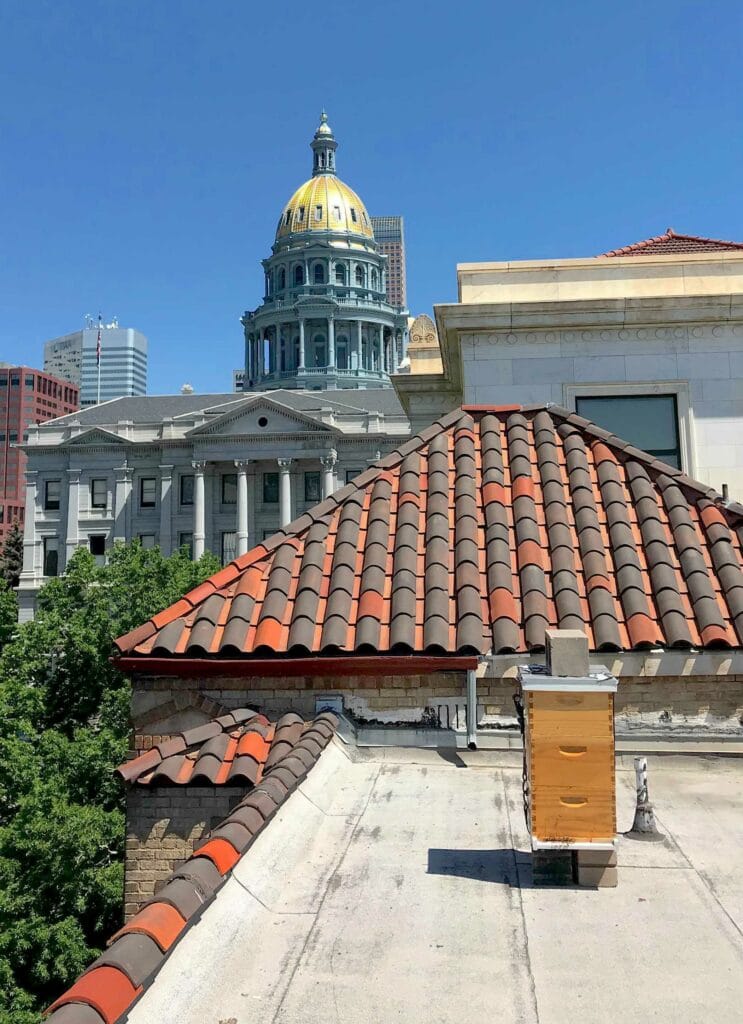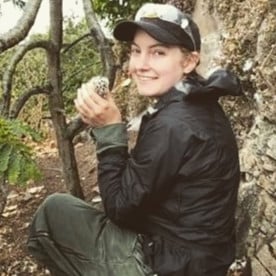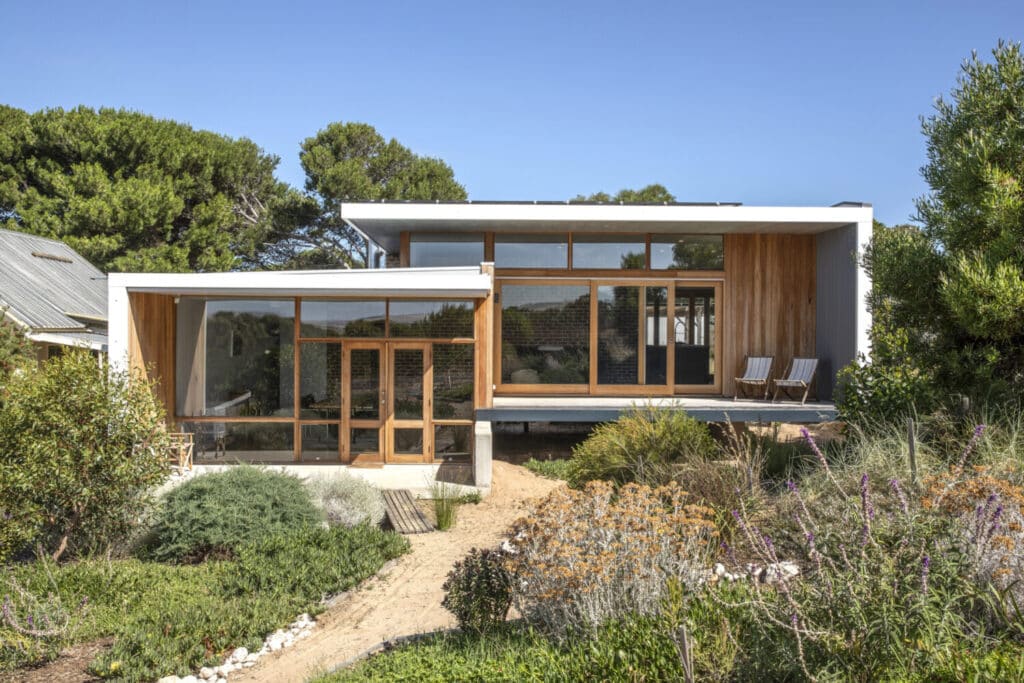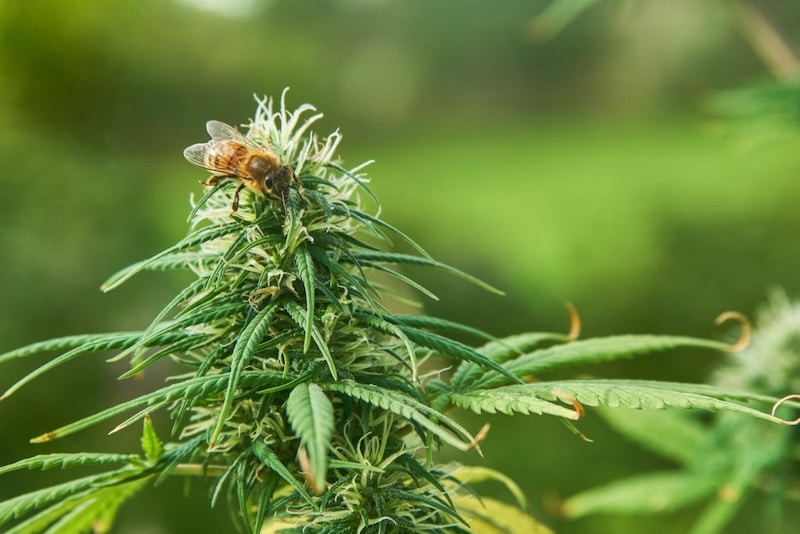Native Bees of Colorado
Colorado is home to over 900 species of endemic pollinators. That makes it one of the richest states in the country in its abundance and diversity of native pollinator species. And those are just the species that have been seen and documented! It’s estimated that over 1,100 actually live in Colorado. These species, which include tiny sweat bees, bright blood bees, solitary woodborer bees, and rotund resin bees, are specially adapted to pollinate native plants like white prairie clover, maximilian sunflowers, and asters, to name just a few.
Their solitary nature and small size can make population statistics hard to come by for these important pollinators. It’s generally believed that they face the same challenges that our managed species do, but more research is needed to determine their status. To help both managed beehives and native species, we need more large uninterrupted tracts of native flowering plants. By improving their forage habitat, we can preserve this unique abundance of species and by extension, the centennial state’s precious ecosystems.
Early beekeeping days
When the European Honeybee first arrived in North America in the early 17th century, beehives, or “stands” as they were called at the time, were used by the colonists to help pollinate the crops and produce valuable hive products like wax, honey, and propolis.
Colorado’s first population boom was a result of the 1860s gold rush. European settlers brought their beehives to Colorado at this time, and by the time the state was brought into the union in 1876, commercial beekeepers were cropping up to help expand and sustain the new agricultural fields.
The Height of Beekeeping
In the late 1800s, the Colorado economy was dominated by agriculture. Products like apples, pumpkins, and alfalfa required pollination assistance from managed honeybee colonies. These products spawned large commercial honey producers. Additionally, most agricultural villages had community beekeepers, who made a modest living by providing local pollination services and hive products for their neighbors. Plants that grew between the growing fields, like clover and goldenrod, created the diversity in nutrition that allowed the managed honeybees to thrive.
It wasn’t long after that Colorado honey became a delicacy in other parts of the country. Honey was shipped by the carload to the east coast to be sold as a luxury product from the western frontier. At the time, a pound of honey would run you about $0.10, or $3.18 in today’s dollars. Today, the average cost of 1 pound of raw honey is between $8 – 10, depending on the quality. This difference exemplifies the challenges faced by Colorado’s honey producers throughout the years.
So what happened?
Challenges and Changes
In the early 1900s, it’s estimated that Colorado was home to over 100,000 hives, producing 6 million pounds of honey annually, with winter losses at around 10%. Today, there are approximately 38,000 hives managed by backyard hobbyists and commercial beekeepers, which produce about 1 million pounds of honey per year. Annually, hive losses are between 40 – 50%. What drove this decline?
Several environmental factors made it more difficult for beekeepers to make a living throughout the 20th century. Heavy pesticide use, habitat loss, rise of monocultures, disease, invasive Varroa mites, and competition from cheaper, lower-quality, honeys, caused many beekeepers to fall out of the profession. Later, increase in urban sprawl continued to make it harder for bees to get the nutrition they needed to survive.
The Beekeeping Resurgence
Today, and for the last decade, there’s been a beekeeping renaissance in Colorado. Everywhere across the state, commercial and hobbyist beekeepers have started up again. There’s now a big focus on educating landowners and new beekeepers about the role of the european honeybee, native pollinators, and the importance of both to the environment and our food system. Overwhelmingly, people want to feel connected with the land and their food supply. The delicious Colorado honey just happens to be a perk of the trade!
Colorado has been proactive by enacting policies to conserve pollinators, while also being home to some of the fastest growing cities in the country.
These fast growing towns are driving this resurgence. By educating homeowners about planting native flowering gardens and leading conservation efforts on public lands, we can increase pollinator forage habitat and improve their nutrition. By ensuring pesticides are applied safely by avoiding peak foraging hours and using chemicals that are not harmful to beneficial insects, we can avoid toxins building up in managed beehives and mass die-offs from acute poisonings. Both of these actions improve circumstances for managed beehives and native pollinators.
Finally, legalizing beekeeping in certain zoning districts and starting beekeeping education programs to ensure safe and successful hive management can create a huge net-positive for the local environment. Strong beekeeping communities lead positive change because by creating more pollinator-health conscious citizens, we create pollinator-friendly cities.
Boulder: A Pollinator Haven
An example of a successful pollinator health initiative is the pollinator haven project in Boulder. The city has committed to becoming a pollinator haven, which doesn’t just include bees, but moths, butterflies, and other vital insects. To do this, they’ve partnered with CU Boulder to create native pollinator gardens across the city. A big component of the program is education. Making sure pesticides are applied correctly and pollinator-safe chemicals are prioritized is key to the success of the program. Additionally, beekeeping is legal within the town of Boulder, as long as you use best practices like implementing an Integrated Pest Management plan, being able to identify honeybee diseases, and using hives with removable combs.
With urban sprawl and rapid growth in the front range region still a major issue, one might wonder, what are these urban honeybees foraging on? Well, we ran our HoneyDNA analysis on 2 samples from the Denver metro area and found that the bees were overwhelmingly foraging on native trees like pines and lindens, and non-native flowering cultivars like peas, Cashews, and peacock flowers. These results highlight the need to cultivate more gardens of native flowering plants.
What you can do for Colorado Pollinators
Plant a pollinator garden on your property! See if your community has any pollinator action plan initiatives that can help you transform your property into a pollinator oasis. Reach out to your county beekeepers’ association to find out how you can support the local beekeeping community.
At the Best Bees Company, we’re proud to contribute to the resurgence of beekeeping in the Centennial State. If you’d like to get started with your beekeeping journey, but aren’t sure where to start or if you’ll have enough time to properly care for the hive’s needs, reach out about beekeeping services in the Denver area.






